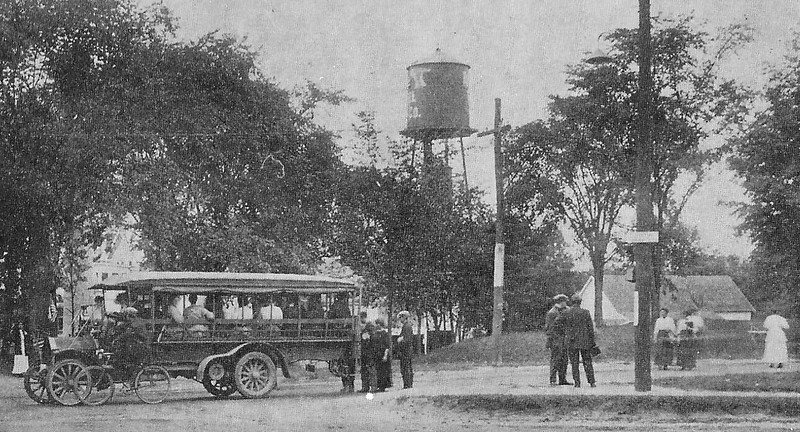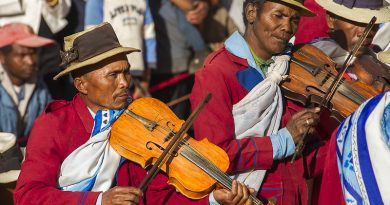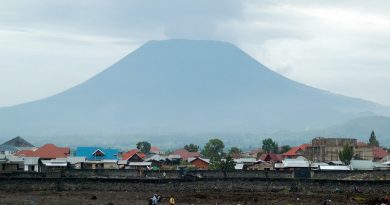Borderlands: The Apache and Commanche Wars
As Spanish, Mexican and American colonists explored and took possession of large areas of what is now the the south west of the United States and northern Mexico, this brought them into an armed and bloody conflict with the Native American tribes of the region.
These desert lands were the traditional home of the Apache tribes . Further , as Europeans moved further west in the new United States the great tribe the Anerican plains, the Commanche .were forced to desert thei traditional hunting grounds where their roaming buffalo herds were being hunted and exterminated by the Europeans .They headed south which brought them into the desert borderlands of the US and Mexico.
The Apache Wars were a series of armed conflicts between the the armies of Mexico and the United States and Apache tribes fought in the south west of the United States and Mexico which lasted almost a hundred years until 1886.Minor hostilities continued until as late as 1924.
Confrontations, battles and wars had long been the norm in the Mexican borderland state of Sonora , between settlers of New Spain and Mexico, whose governments and armies had erected missions and fortresses , called presidios, in order to protect their soldiers , settlers and territory.
Along with the Comanches, the Apache had gained a reputation for brilliant horsemanship . Horses had been introduced to the Americas by the Spanish . By stealing , horses , cattle and guns the Indian tribes adapted to this new warfare and were a match for the Spanish, Mexican and then American settlers and armies . The Indian practice of taking scalps became common on the European side too . In the 1830’s Mexican Government offered cash rewards to bounty hunters for Indian scalps .
The United States inherited conflicts between American settlers and Apache tribes when Mexico ceded territory after the Mexican American War in 1846. These conflicts were continued as new United States citizens came into traditional Apache lands to raise livestock, crops and to mine minerals.
The U.S. Army established their own forts to keep Apache war parties in check. Several reservations were created, some on and some out of the traditional areas occupied by the Apache tribes.
In 1886 the U.S army accepted the surrender of Gerinomo and his followers which is generally considered the end of the Apache Wars .Geronimo is regarded as the most famous Apache chief along with Cochise , who also defended traditional Apache lands.
The Comanche Wars were a series of armed conflicts fought between Comanche peoples and Spanish, Mexican, and American militaries and civilians which lasted even longer starting from as early as 1706 until at least the mid-1870s.
The Comanche were fiersome and sometimes brutal warriors reknowned tor brilliant horsemanship . They had inhabited large area known as Comancheria, which stretched across much of the southern Great Plains from Colorado and Kansas in the north through Oklahoma, Texas, and eastern New Mexico and into the Mexican state of Chihuahua in the south.
For more than 150 years, the Comanche were the dominant native tribe in the region, becoming known as “the Lords of the Southern Plains”, they also shared parts of Comancheria with the Wichita, Kiowa, and Kiowa Apache , the southern Cheyenne and Arapaho .
The Comanche Wars began in 1706 with raids by Comanche warriors on the Spanish colonies of New Spain and continued until the last bands of Comanche surrendered to the United States Army in 1875.
Comanche power peaked in the 1840s when they conducted large-scale raids hundreds of miles into Mexico proper, while also warring against the Anglo-Americans who had settled in independent Texas.
Their power declined as epidemics of cholera and smallpox inflicted severe casualties on their population, and as continuous pressure from the expanding population of the United States forced them to cede most of their tribal lands.




